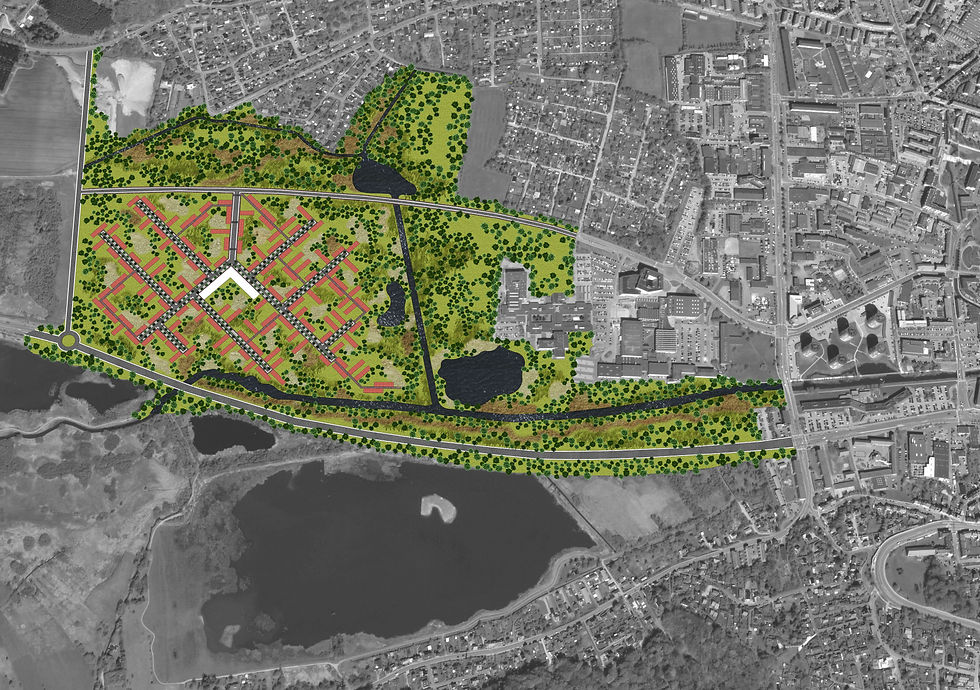Mesiaskirken is located in the Charlottenlund suburb of Copenhagen, in the intersection between Hartmannsvej and Maglemosevej.
The church was built bwtween 1918 - 1926 and it has a typical baroque style with red brick facades and stained glass windows.
Mesiaskirken is located in the Charlottenlund suburb of Copenhagen, in the intersection between Hartmannsvej and Maglemosevej.
The church was built bwtween 1918 - 1926 and it has a typical baroque style with red brick facades and stained glass windows.
Mesiaskirken is located in the Charlottenlund suburb of Copenhagen, in the intersection between Hartmannsvej and Maglemosevej.
The church was built bwtween 1918 - 1926 and it has a typical baroque style with red brick facades and stained glass windows.
Mesiaskirken is located in the Charlottenlund suburb of Copenhagen, in the intersection between Hartmannsvej and Maglemosevej.
The church was built bwtween 1918 - 1926 and it has a typical baroque style with red brick facades and stained glass windows.
Mesiaskirken is located in the Charlottenlund suburb of Copenhagen, in the intersection between Hartmannsvej and Maglemosevej.
The church was built bwtween 1918 - 1926 and it has a typical baroque style with red brick facades and stained glass windows.
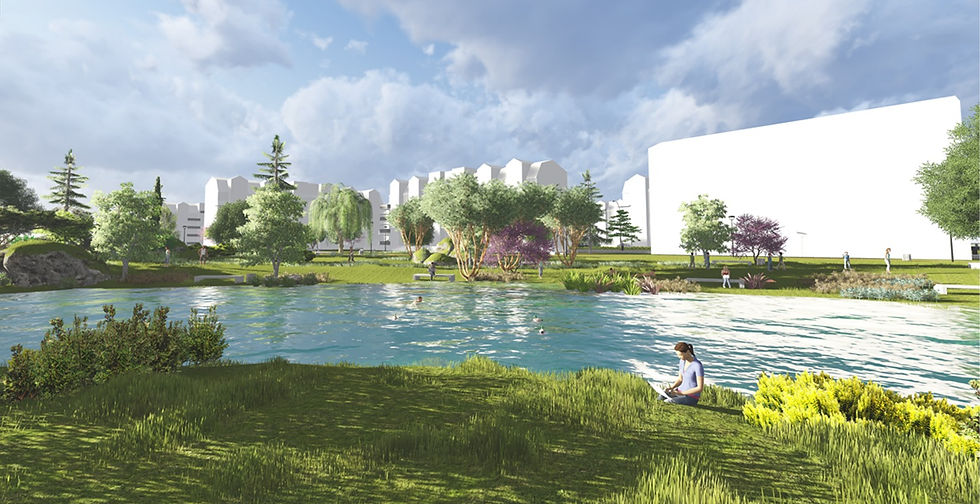
"A good city is like a good party - people stay longer because they are enjoying themselves."
Jan Gehl
GIVE LIFE TO VEJLE, RECLYCLE ROSBORG
ROSBORG AREA, VEJLE (DENMARK)
CIVIL ENGINEERING BACHELOR PROJECT (VIA UNIVERSITY + VEJLE KOMMUNE)
The city of Vejle is becoming an important city of the Jutland Peninsula in Denmark, it is gaining population each year due to its location and the important industry that the city has.
Vejle is also one of the 100 resilient cities whose task is to anticipate, cope and recover from states of impending and actual danger without collapsing, while swiftly and efficiently adapting itself to new situations through complex processes of learning and implementation to create a network of cities in order to create a plan together to face challenges togueter.
According to this philosophy of continuous anticipation, in 2050 Vejle is thought to have more than 40.000 new inhabitants, so the population will exceed 100,000 inhabitantas.
The city will need to create new houses for this people, new neighborhoods will be developed. Rosberg will be one of those neighborhoods.
The area has a surface around 800.000 m2 and is located only 1Km far from the city center. Actually in the area there is a recycling plant that will be removed to create the new neighborhood.
According to the municipality demands, the new area must have 3.000 dwellings for 5.000 new inhabitants, and no more of the 50% of the total surface can be built. The new area must also have commercial activity, so the the commercial area must be around 20.000 m2 .
Vejle has many problems with floods, so this area could be used as a way to solve these problems and also as a way to change the social life in Vejle.
LOCATION

MAIN CONCEPT ROSBORG DESIGN
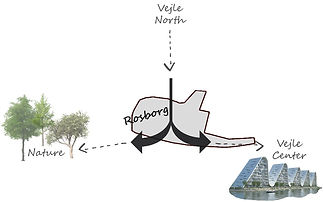
``The art of the mid is the imagination´´
Descartes
Limits of the area

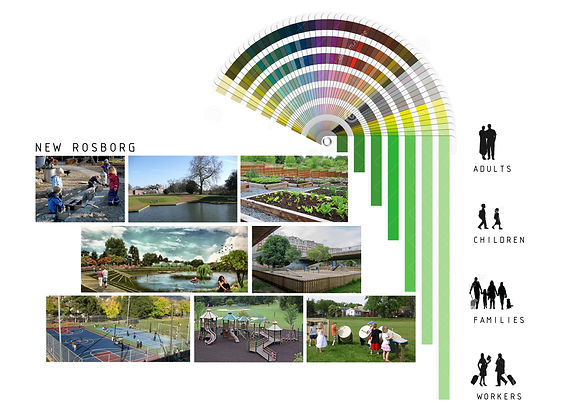
``First life, then spaces, then buildings, the other way around never works´´
Jan Gehl
LAYER IDENTIFICATION NEW AREA
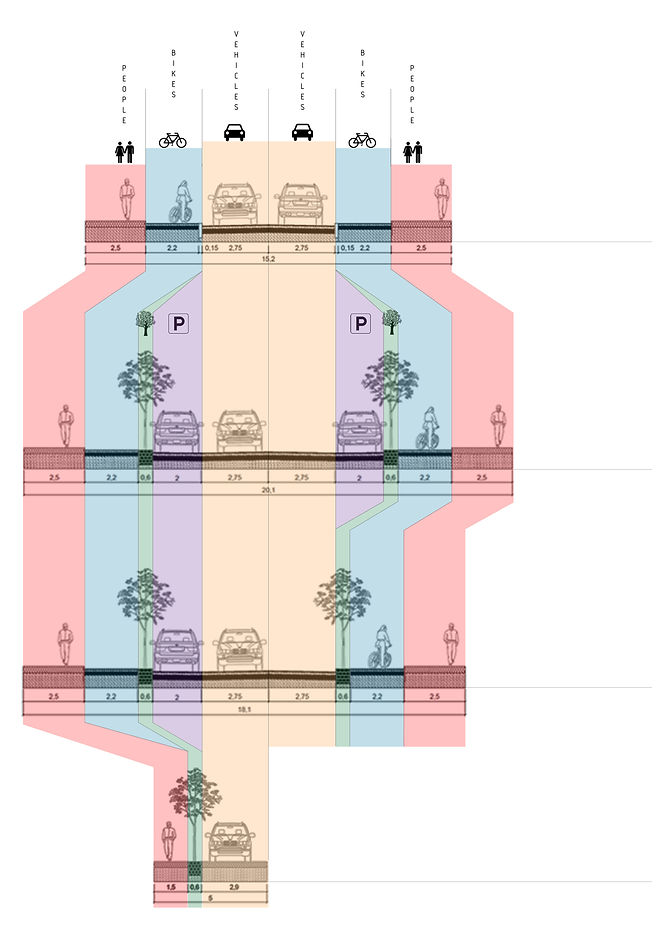
TYPES OF ROADS
ROAD TYPE 1
ROAD TYPE 2
ROAD TYPE 3
ROAD TYPE 4
Access to Rosborg
Main roads
Secondary roads
Secondary roads
Pedestrian streets
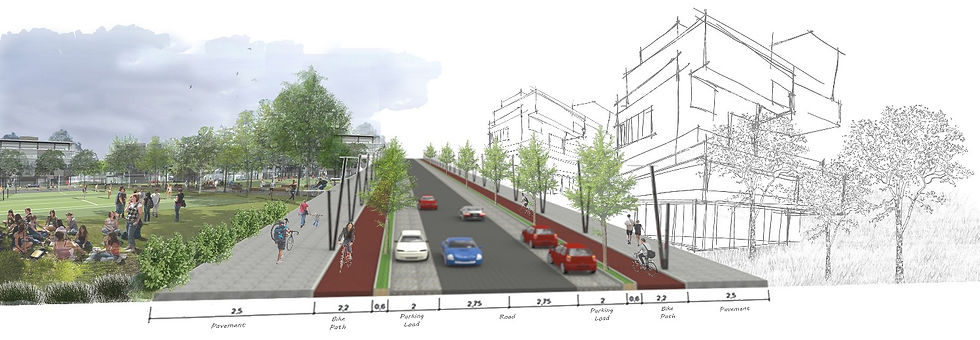
3D SECTION
SECTIONS

Section 1: Access to Rosborg

Section 2: Main road

Section 3: Secondary road
FINAL MASTERPLAN
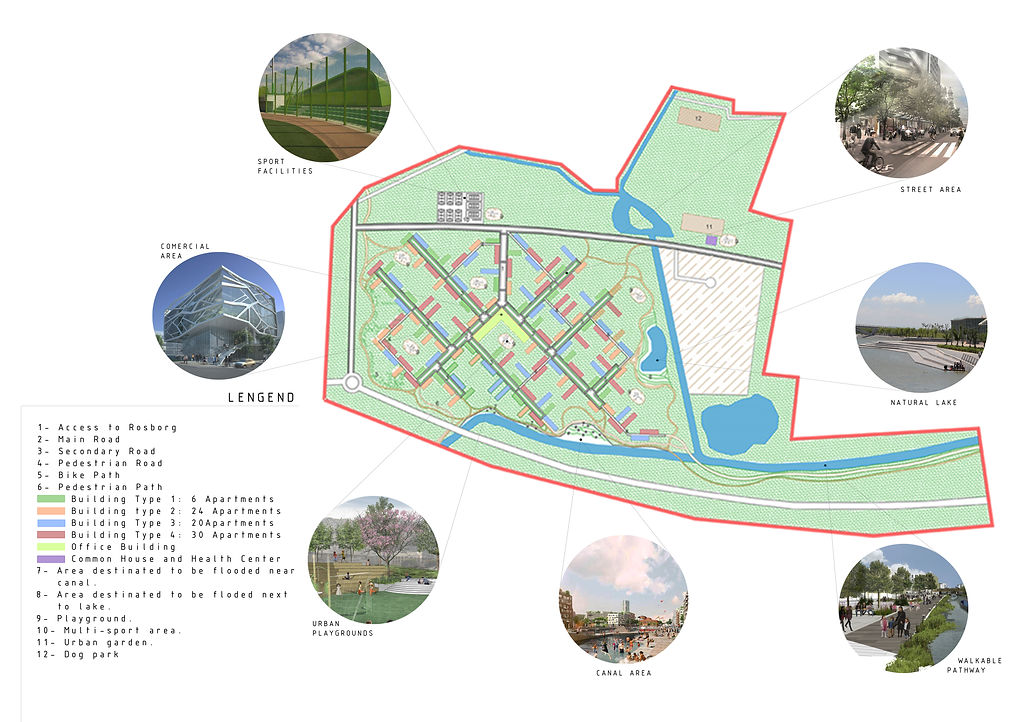
RENDER MASTERPLAN
